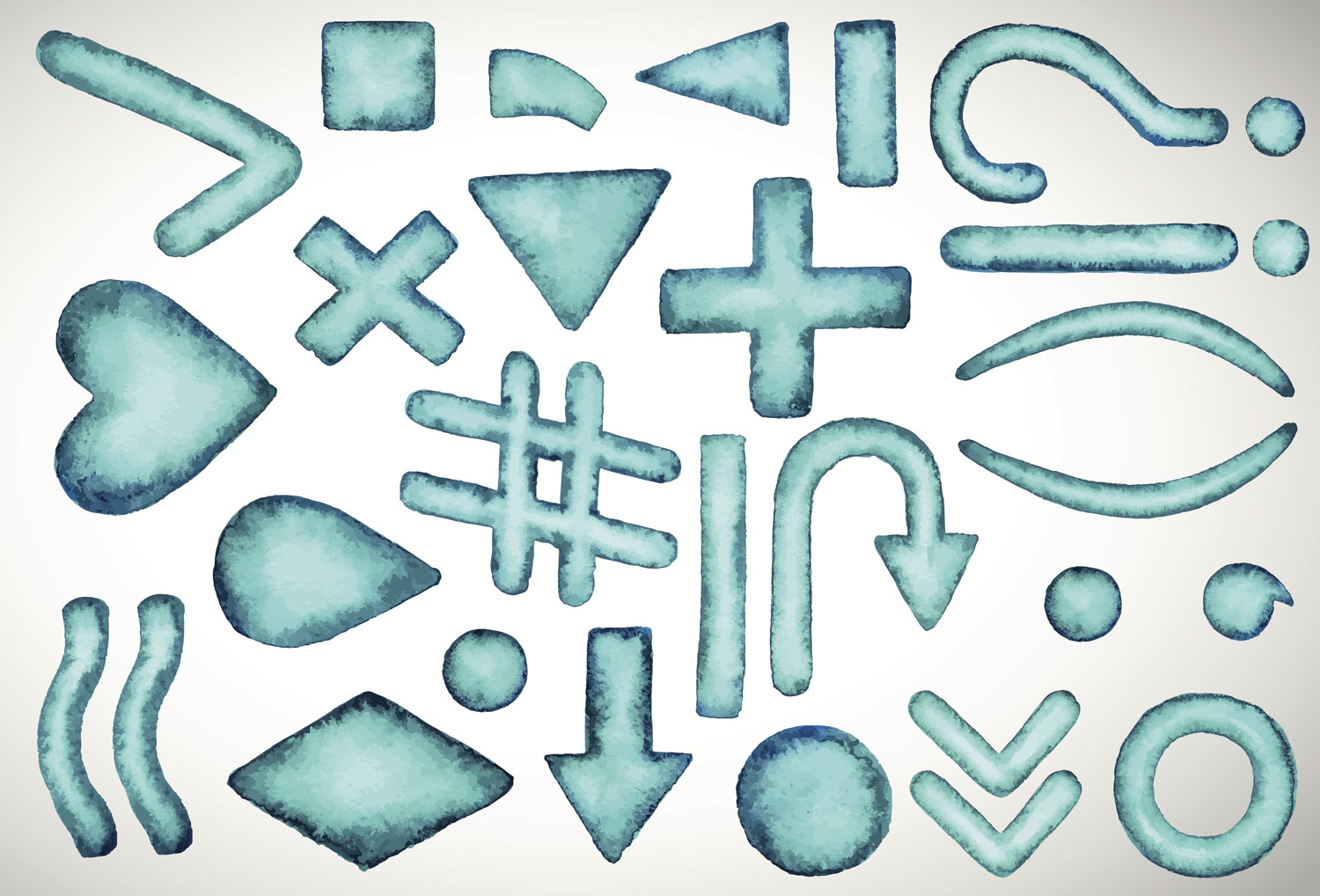You may be surprised to see that this post is about commas, apostrophes and quotation marks. And yes, there are trickier punctuation mark selection decisions out there, like whether to use a hyphen or en dash, or colon or semicolon. But people tend to know these are tricky, and so put some thought into when and how to use them. The three pieces of punctuation below seem simple enough which makes it both all the more easy to get carried away with them, and all the more egregious when you do use them improperly.
So let’s take a step back from the higher-level punctuation decisions (like choosing from these little-used options) and get back to the basics of commas, apostrophes and quotation marks.
Comma
 Most people know that using a comma is sort of like taking a pause, signifying the end of a breath but not of a sentence. They’re also easily added to lists, other than the always-contentious Oxford comma issue, which really just comes down to personal preference.
Most people know that using a comma is sort of like taking a pause, signifying the end of a breath but not of a sentence. They’re also easily added to lists, other than the always-contentious Oxford comma issue, which really just comes down to personal preference.
But are you on the lookout for these other potentially confusing comma usages?
- Supplementary information – “Steven, who loves to cook, just bought himself a pasta maker.”
- Dependent clauses – “If I am elected, I promise to lower taxes.”
- Descriptive modifiers – “My sister, Andrea, goes to church every Sunday.” In this case, we are adding my sister’s name for an additional description about her. But if we left out the commas we would instead be identifying my specific sister named Andrea, as opposed to my sister with some other name, as the one who goes to church (e.g., “My sister Andrea goes to church every Sunday”).
- Independent clauses (with the help of a conjunction) – “I like ice cream, but my best friend thinks it’s too sweet.”
What commas don’t do is give you permission to continue to add to a sentence when it really needs to end. Avoid a comma splice by either adding a conjunction (as above), breaking your sentence into two or rewriting to avoid the splicing of two independent clauses.
For example: “Every week family comes to my house, we then cook dinner together.”
This sentence could instead become:
- Every week my family comes to my house and we cook dinner together.
- Every week my family comes to my house. We cook dinner together.
- Every week when my family comes to my house we cook dinner together.
Apostrophe
Given the number of times you see an apostrophe pop up unexpectedly, you wouldn’t be wrong to assume there is some unwritten rule saying, “When in doubt, add an apostrophe!” And while you might not be incorrect in drawing that conclusion, those who actually follow the “rule” would be! Apostrophes have a couple of clear uses: signifying possession and standing in for missing letters (e.g., in a contraction). Unfortunately not everyone acts with the restraint that apostrophes call for.
The most egregious use of apostrophe misuse? Plurals.
We’ve all seen it: “No dog’s allowed.” What of the dog is not allowed? His collar? His bone? Conversely, you may notice a missing apostrophe when it should be used to signal possession: “Marks Diner.” Unless there are multiple marks on the diner walls or their gimmick is accepting Deutsche Marks, there needs to be an apostrophe added before the “s.”
Okay, one exception: Using the apostrophe for the possession of “it.” In the hierarchy of apostrophes, contractions come before possession, so since “it’s” already means “it is” we use “its” to signify something belonging to “it.”
“It’s the 30th anniversary of the library and to celebrate we’re ranking its most-borrowed books.”
Apostrophes as letter replacements: Contractions are usually straightforward enough that people get it right. “Did not” becomes “didn’t.” What most people don’t usually connect is that the apostrophe is taking the place of the missing “o.” This why we end up with contractions like “Rock n’ Roll” or “Go get em” rather than “Rock ‘n’ Roll” and “Go get ’em.”
Just remember, if you’re removing a letter or group of letters (like I just did with my “a” in contracting “you” and “are”), you need to add an apostrophe.
Quotation Mark
 Quotes should be used for just that – when you are quoting another source. Any other use suggests sarcasm when you probably don’t mean it. If you are using quotes for emphasis you’re doing it wrong and probably sending the opposite message than intended. Use italics to add emphasis and save your quotation marks for actual quotations.
Quotes should be used for just that – when you are quoting another source. Any other use suggests sarcasm when you probably don’t mean it. If you are using quotes for emphasis you’re doing it wrong and probably sending the opposite message than intended. Use italics to add emphasis and save your quotation marks for actual quotations.
For example, imagine if I had just written this sentence instead: If you are using quotes for emphasis you’re doing it wrong and probably sending the “opposite” message than intended.
Wouldn’t you think I actually meant not the opposite at all?
There are some pretty fun websites out there poking fun at people, especially businesses, unintentionally undermining their messaging by adding unnecessary quotes. Check out the Unnecessary Quotes “Blog” for a pretty complete list of what to avoid.
For More
Check out these ten examples of punctuation (or lack thereof) going very, very wrong. What’s the worst case of misused punctuation you’ve ever come across?
About Paperblanks: At Paperblanks, we believe that art should have a place in all aspects of life. That’s why we follow the artist’s way in everything we do – creating, crafting and releasing designs we believe have the power to touch people. For more about Paperblanks, go to our website at paperblanks.com.







